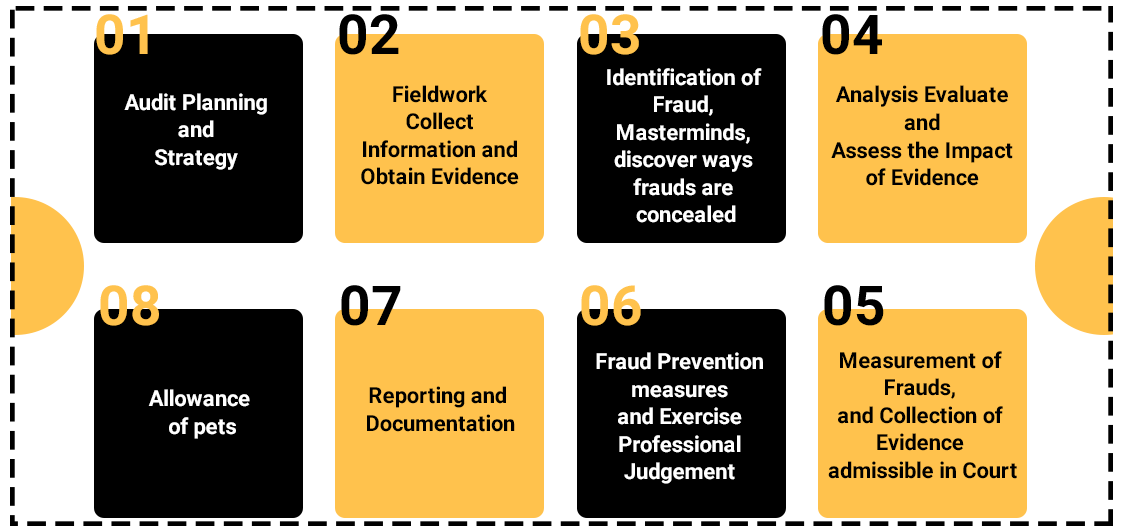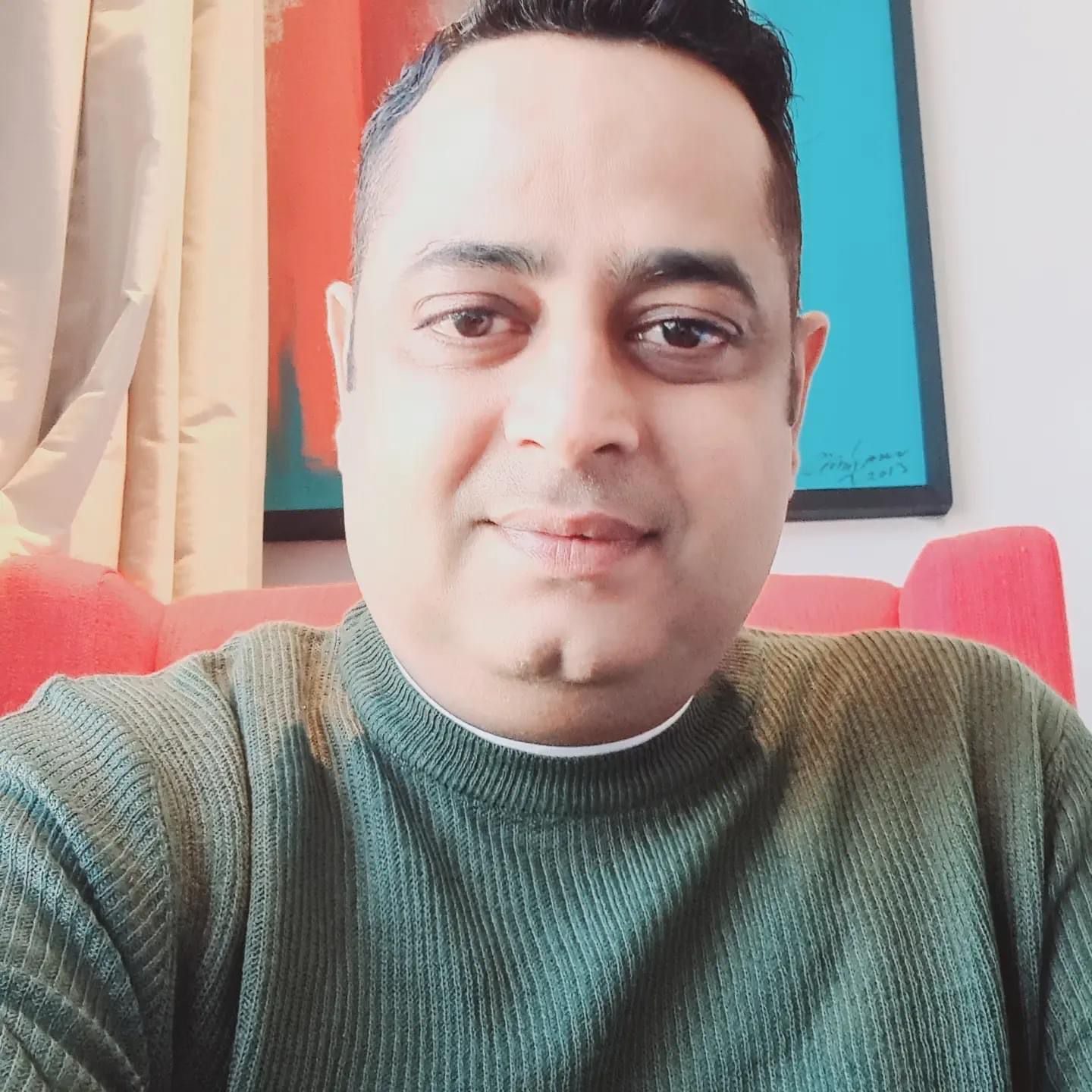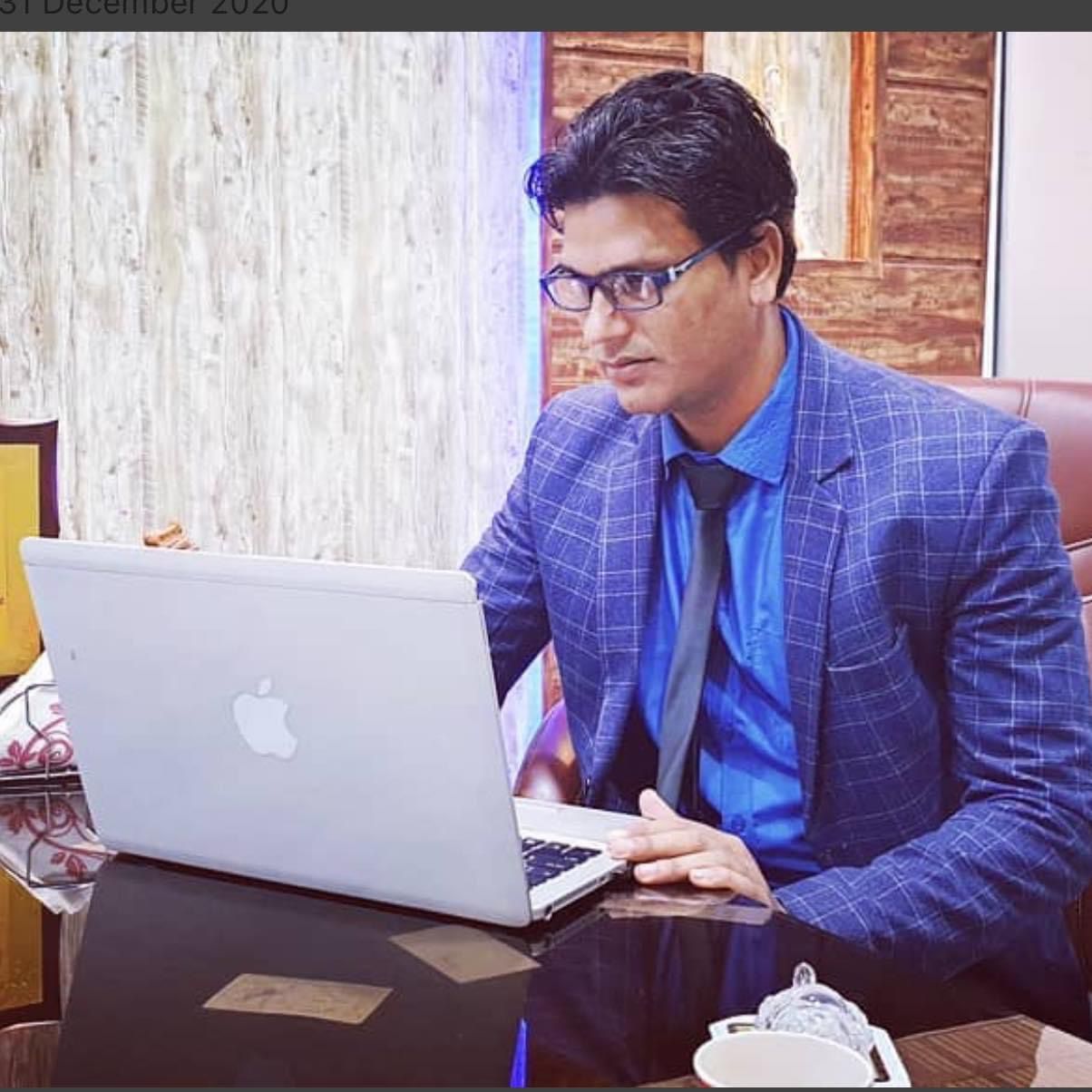What is the procedure for conducting a Forensic Audit?

Step 1 – Accepting the Investigation and Know your Client
To conduct a truthful, unbiased audit, and investigation, a forensic audit is always assigned to an independent firm/group of investigators. As a result, their first step is to determine whether they have the necessary skills tools and expertise (auditor) to go forward with such an investigation whenever such a firm accepts an invitation to conduct a forensic audit. Only when they are contended with such considerations are they required to assess their own ‘training and knowledge’ of fraud detection/investigation and legal framework. They also can go ahead and accept the investigation that has been offered.
Step 2 – Planning the Audit Investigation and Strategy
Planning the investigation is the first most steps in a forensic audit before executing. The Auditor (s) must judiciously ascertain the Audit goal so being conducted and prudently determine the procedure to achieve it, over and done with the usage of effective techniques and tools. They should be clear on the ultimate categories of the report before planning the investigation. Those are as follows:-
1. Identification of the kind of fraud that has been operating,
2. Fieldwork Collect Information and Obtain Evidence
3. dentifying the fraud of how long it has been operating for, and how the fraud has been afforded to conceal the same
4. Identifying the fraudster(s) / Masterminds involved
5. Measuring the financial loss suffered by the client and the Company
6. Collecting Evidence to be admissible and used in court proceedings
7. Measurement of Frauds, Analysis Evaluate and Assess the Impact of Evidence
8. Providing advice to prevent and measure the recurrence of the fraud.
Step 3 – Gathering Evidence for Investigation
There are specific procedures that are carried out in forensic auditing to harvest Evidence. All kinds of Audit techniques and procedures are used to gather Evidence to prove and to identify. Such as how it was conducted and concealed by the perpetrators and how long they have fraudulent activities existed and continued in the organization. In the direction of gathering Evidence, the investigators can use the following techniques. Those are as follows:-
1. Testing controls which identify the weaknesses to gather Evidence, which certifies the fraud to be perpetrated
2. By means of analytical procedures to provide comparatives between different segments of the business or compare trends over time
3. To locate the “timing and location” of relevant details being tampered or altered in the computer system, investigators can apply computer-assisted audit techniques
4. Interviews and Discussions with employees
5. Substantive techniques such as cash counts, reconciliations, and reviews of financial and Non-financial paper works.
Step 4 – Reporting and Documentation
The reporting stage is the furthermost clear and apparent element in a forensic audit. The investigating team is expected to report the findings of the investigation after investigating and gathering Evidence. They must provide a summary of the Evidence and conclusion that came out of the loss suffered due to the fraud happened. It should also include the executed plan of the fraud itself and how it stretched out and had profit out of the whole trail of events. They should provide suggestions to prevent such fraud in the future events.
Step 5 – Court Proceedings – Fraud Prevention measures and Exercise Judgement
The last stage enlarges over those audits that principally lead to legal/ court proceedings. The auditors will give litigation assistance as mentioned above, where they will be called to Court and included in the advocacy process/ trials. The understanding here is that they are requested in because of their expertise and skill in commercial issues and legal proceedings. Most importantly, they must lay down the facts and findings reasonably and objectively to understand so that the anticipated action can be taken up judiciously.



























